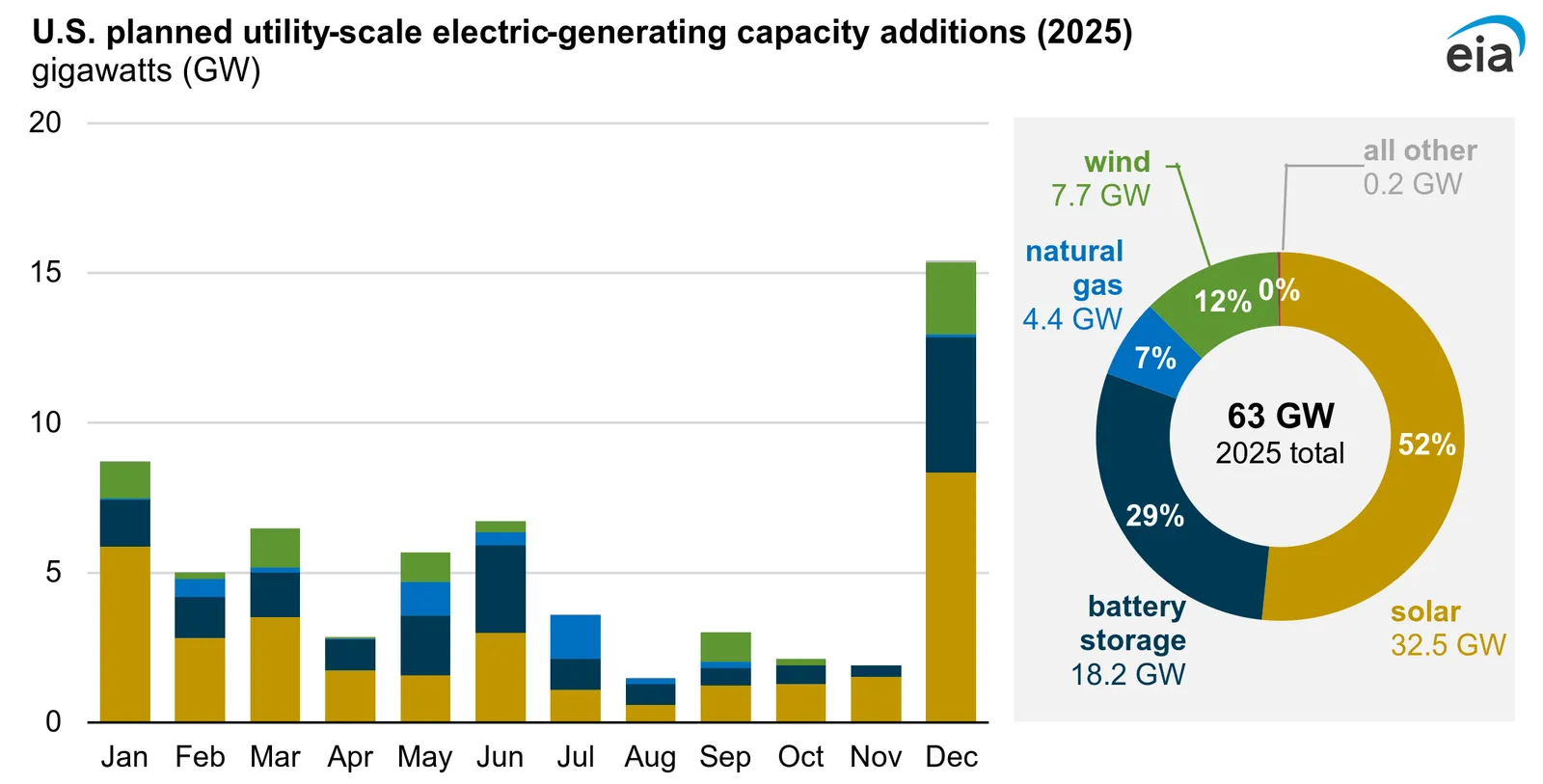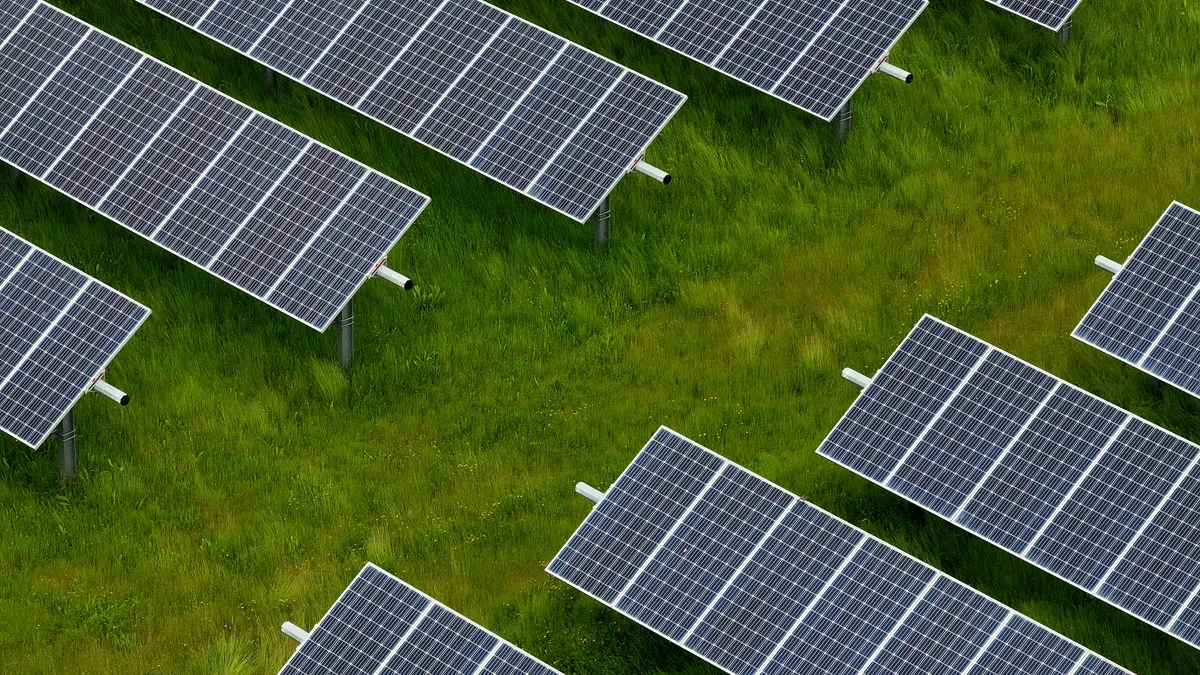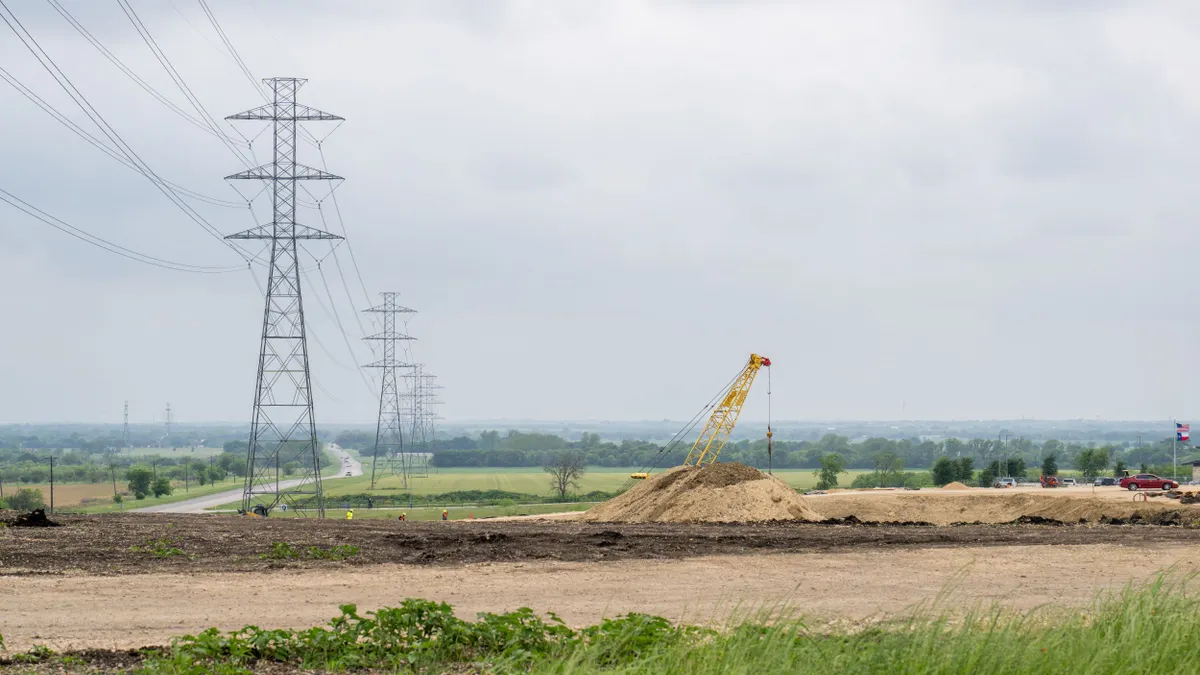The Energy Information Administration anticipates that 63 GW of utility-scale generation capacity will be brought online this year, and 81% of that capacity will be solar and battery storage, according to a Monday report.
That addition of 63 GW “represents an almost 30% increase from 2024 when 48.6 GW of capacity was installed, the largest capacity installation in a single year since 2002,” EIA said. Solar itself is projected to make up over half of that increase.
“In 2024, generators added a record 30 GW of utility-scale solar to the U.S. grid, accounting for 61% of capacity additions last year,” EIA said. “We expect this trend will continue in 2025, with 32.5 GW of new utility-scale solar capacity to be added. Texas (11.6 GW) and California (2.9 GW) will account for almost half of the new utility-scale solar capacity addition in 2025.”

The report comes at a time of uncertainty for renewable energy, as President Trump began his second term by attempting to freeze disbursements of Inflation Reduction Act funding, including for clean energy projects, and establishing tariffs that may raise the cost of developing wind and solar.
Investor interest in solar and storage also cooled in 2024, due in part to uncertainty about renewables under the Trump administration, Mercom Capital Group CEO and co-founder Raj Prabhu told Utility Dive last month.
In 2024, power providers added a record 10.3 GW of new battery storage capacity and EIA projects this growth could almost double to an addition of 18.2 GW in 2025.
The rest of the anticipated 63 GW will be made up of an added 4.4 GW of natural gas, and an added 7.7 GW of wind.
In 2024, only 5.1 GW of wind was added – the smallest wind capacity addition since 2014, according to EIA.
“Texas, Wyoming, and Massachusetts will account for almost half of 2025 wind capacity additions,” EIA said. “Two large offshore wind plants are expected to come online this year: the 800-megawatt (MW) Vineyard Wind 1 in Massachusetts and the 715-MW Revolution Wind in Rhode Island.”















